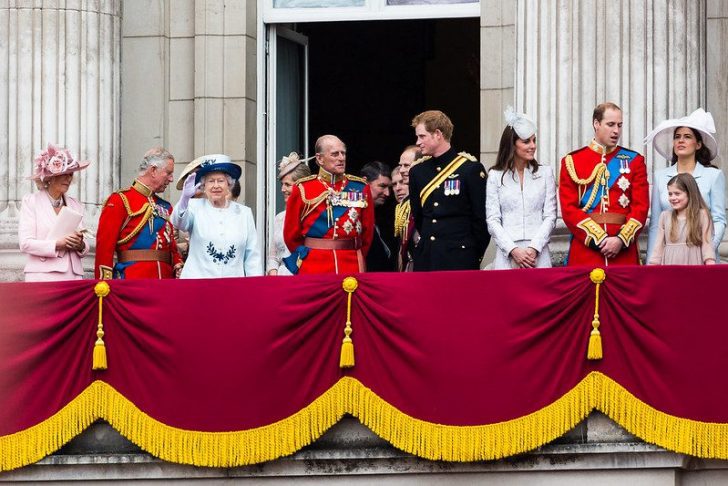Britain’s heir-to-the-throne Prince Charles and Prince William took center stage at the opening of parliament on Tuesday, replacing the 96-year-old Queen Elizabeth who missed the grand set-piece event for the first time in almost six decades. With the Queen forced to withdraw on Monday due to a recurrence of mobility issues, 73-year-old Charles arrived at the Palace of Westminster to read out the government’s legislative agenda.
The state opening of parliament was the most public and formal manifestation yet of “Operation Transition”, which has been quietly going on inside Buckingham Palace for several years. For the first time in two centuries, an heir to the throne read aloud the words compiled by the government at this most ceremonial of spectacles. Charles, who had attended the opening of parliament alongside his mother in recent years, started reading out each bill by saying: “Her majesty’s government will….”

Charles, in Admiral of the Fleet uniform rather than the robes of state, the imperial state crown representative of sovereign placed on a table in front of where the Queen’s throne would have been, was there as a counsellor of state. Flanked by the Duchess of Cornwall and the Duke of Cambridge, he was instructed by his mother through Letters Patent, to perform this role and for this day only. The Queen, meanwhile, was understood to be watching on TV from Windsor Castle.
A Queen’s speech without a queen
The Queen, the world’s oldest and longest-reigning monarch, has been absent from nearly all high-profile public events in recent months. She was forced to miss the speech due to a recurrence of mobility issues. The State Opening of Parliament is an event of huge pomp and pageantry which traditionally sees the Queen travelling to the assembly in a State Coach.

She is escorted by mounted soldiers in ceremonial uniform, while the Imperial State Crown and other regalia travel ahead in a carriage of their own. The ceremony, which occurs in spring or after a national election, embodies the centuries-old separation of power between the Crown, the elected House of Commons, the House of Lords and the judiciary.
The monarch dons the Robe of State before leading a procession to the upper chamber, where she formally opens a new session of parliament, reading a speech written by the government outlining its legislative plans. She reads the document in a formal and neutral tone to avoid any sense of approval or disapproval of the policies, an approach also taken by her son in the latest meeting.

Charles arrived using body language signals to suggest a desire to imply control and even leadership. There were some directional steering gestures to his wife and Black Rod on the way into the building and even some smiles of greeting, but he became more sombre and there were some undeniable signs of nerves as he took the walk to the throne room.




